Search
Remove Ads
Advertisement
Summary 
Loading AI-generated summary based on World History Encyclopedia articles ...
Search Results

Definition
The Dagda
The Dagda (also Daghda, Daghdha, Dagdae, or Dagda Mór), usually written with the definite article, is one of the most important gods in Irish-Celtic mythology. He appears as a multi-talented warrior-leader of the Tuatha Dé Dannan, invaders...
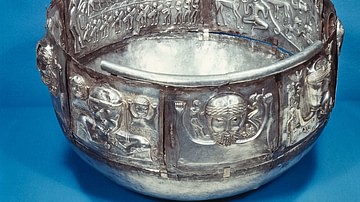
Definition
Gundestrup Cauldron
The Gundestrup Cauldron is a gilded silver bowl found in Gundestrup in Denmark in 1891 CE. It was likely made in the Balkans, perhaps in the 1st century BCE, and shows a clear influence from Celtic art and mythology, even if other motifs...
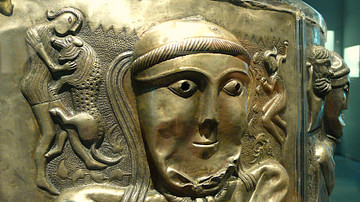
Article
The Ancient Celtic Pantheon
The ancient Celtic pantheon consisted of over 400 gods and goddesses who represented everything from rivers to warfare. With perhaps the exception of Lugh, the Celtic gods were not universally worshipped across Iron Age Europe but were very...
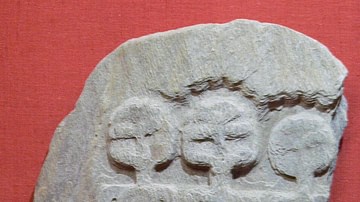
Definition
The Mórrigan
The Mórrigan (also Morrighan, Môr-Riogain or Morrigu), usually referred to with the definite article, was a great warrior-queen goddess in Irish-Celtic mythology. She was most associated with inciting war, then stirring up the fury and frenzy...

Image
Scene of Rebirth on the Gundestrup Cauldron
This scene from the interior of the Gundestrup Cauldron is usually interpreted as a scene of rebirth. On the bottom, a line of Celtic infantrymen march to a figure on the left of the register who is probably a war god. These infantrymen are...
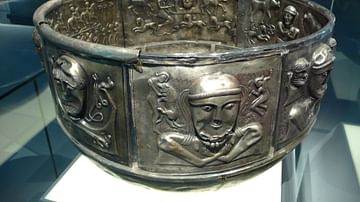
Image
Gundestrup Cauldron
The Gundestrup Cauldron was discovered in a bog in Jutland, Denmark. However, the cauldron includes elements and iconography which derive from Celtic, Thracian, and Asian cultures. The piece is the subject of various interpretations and was...

Image
Celtic God, Gundestrup Cauldron
A detail of the gilded silver Gundestrup Cauldron showing a Celtic deity. Likely 1st century BCE, produced in the Balkans but found in Denmark in 1891 CE. (National Museum of Denmark, Copenhagen)
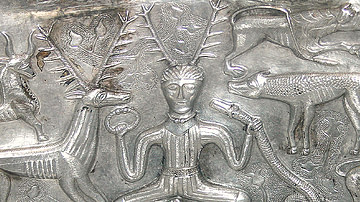
Image
Cernunnos, Gundestrup Cauldron
The horned-figure frequently identified as the Celtic god Cernunnos. A detail from an interior panel of the Gundestrup Cauldron. The cauldron was found in Denmark in 1891 CE but was produced in the Balkans. Gilded silver, likely 1st century...
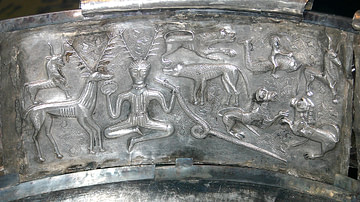
Image
Horned-Figure Panel, Gundestrup Cauldron
A panel from the Gundestrup Cauldron showing a seated god with stag’s antlers, often identified as Cernunnos, an ancient Celtic god who represented nature, flora and fauna, and fertility. There is also a stag and deer on the left side and...
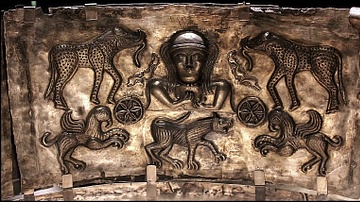
Image
Female Goddess, Gundestrup Cauldron
A panel from the Gundestrup Cauldron showing a female goddess with a wheel on either side of her. The figure may be Medb, a major Celtic goddess of territory, fertility and rulership. The figure is surrounded by exotic creatures which seem...